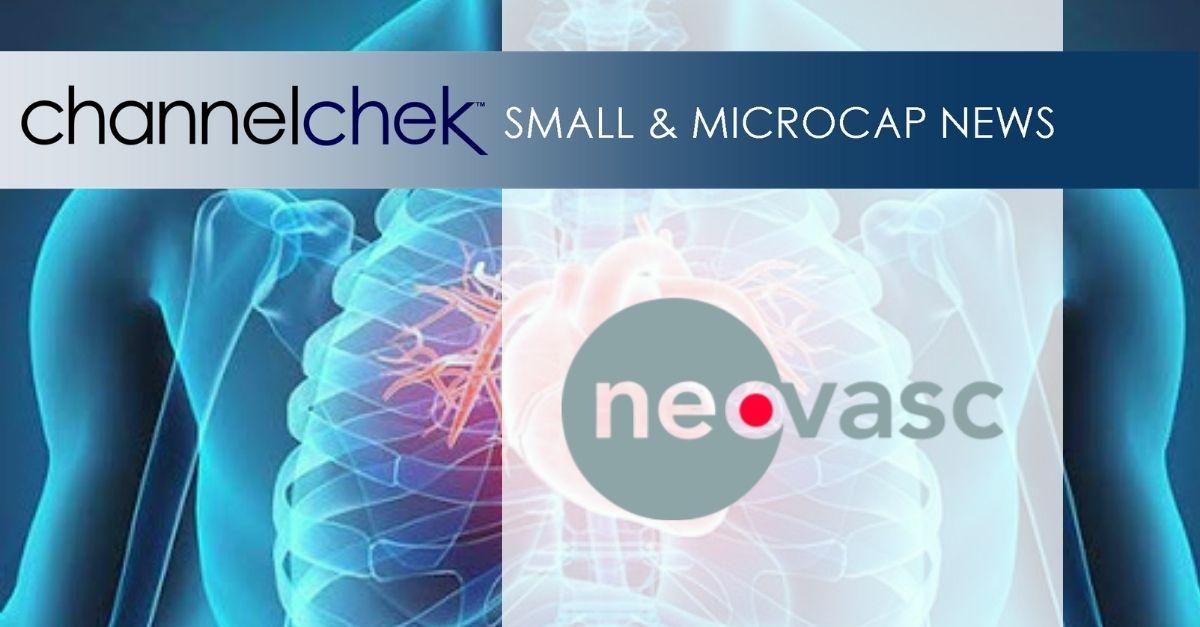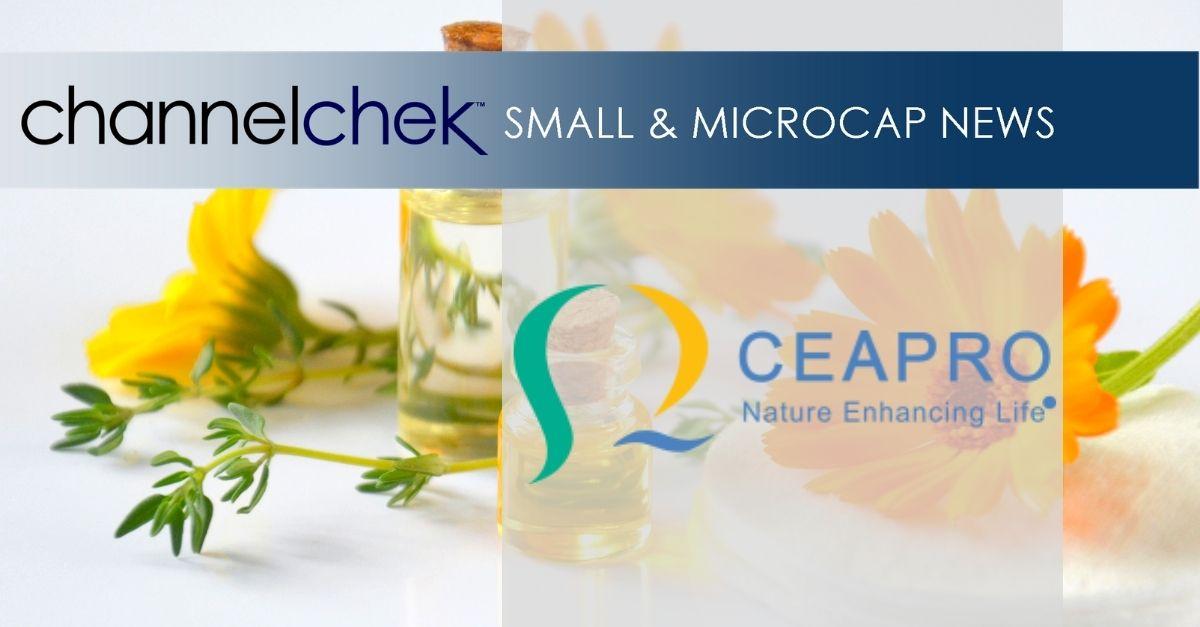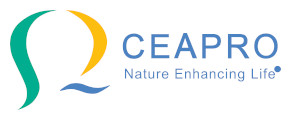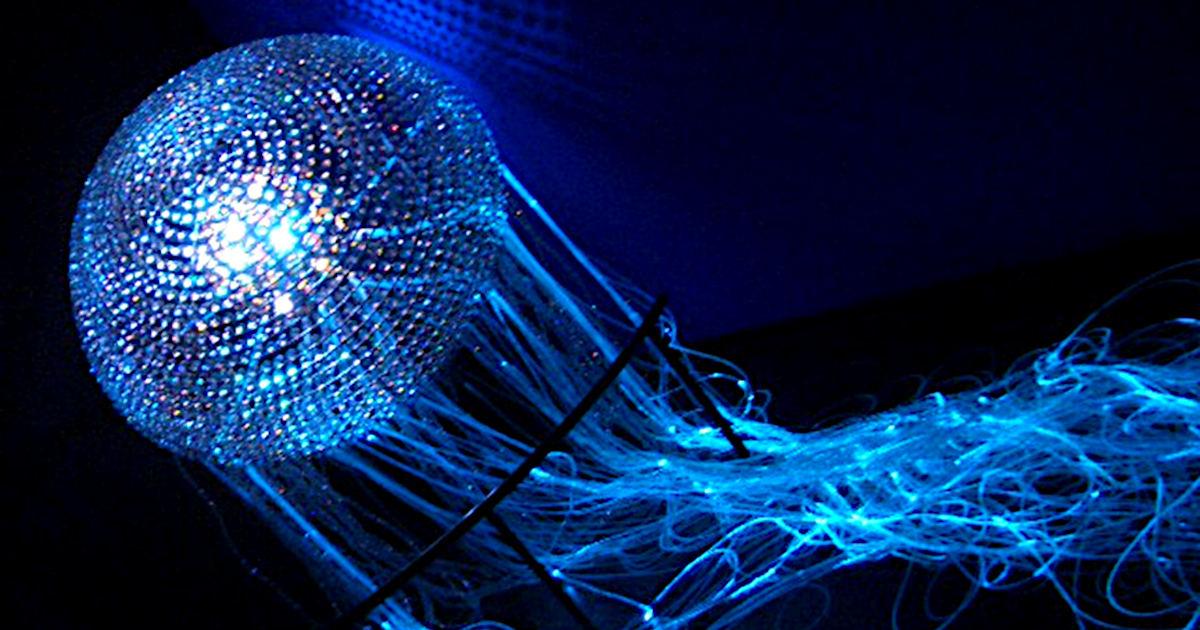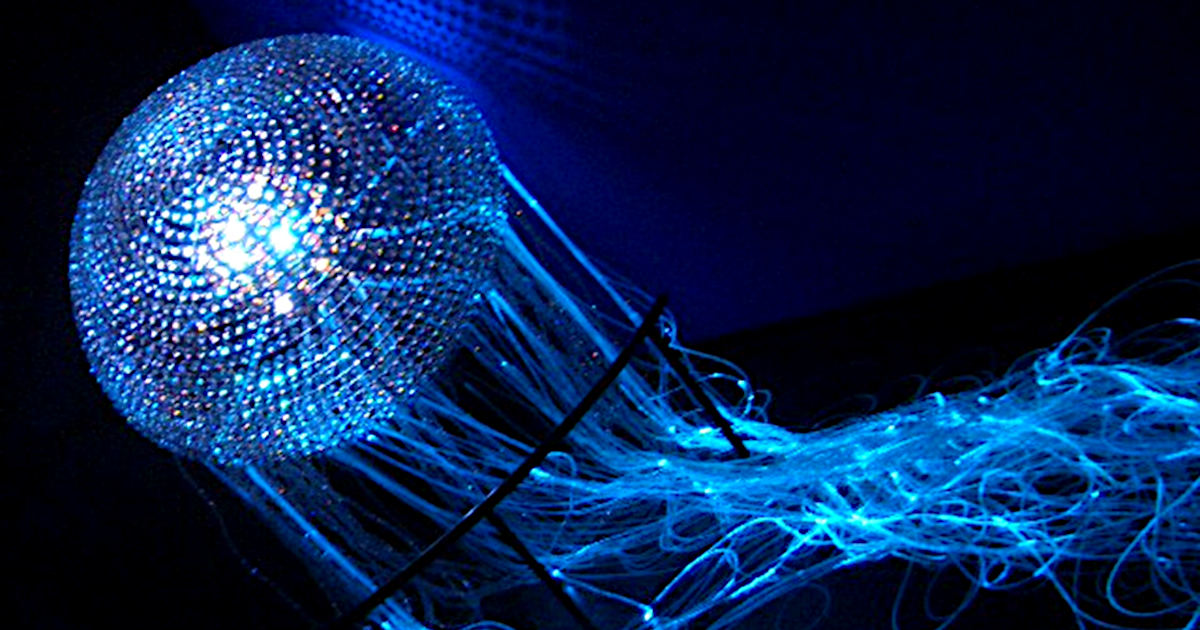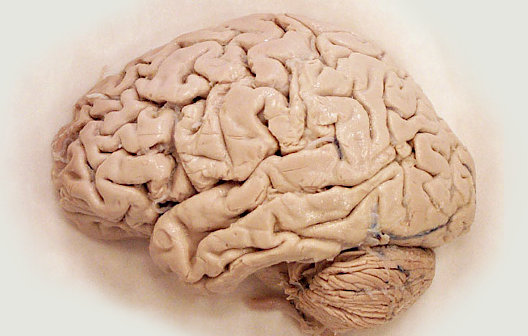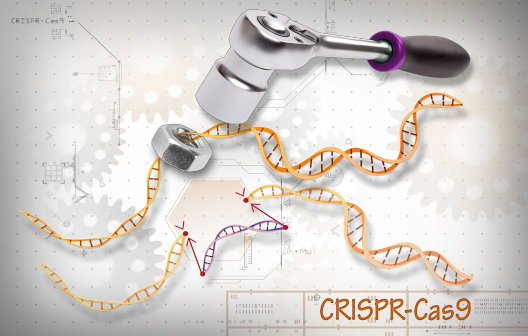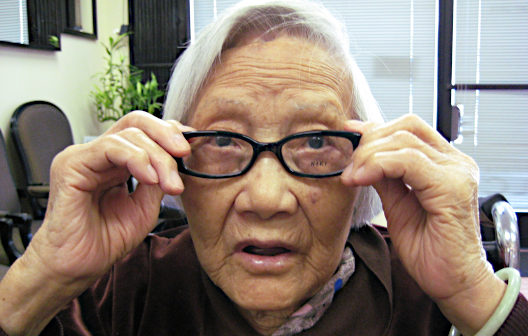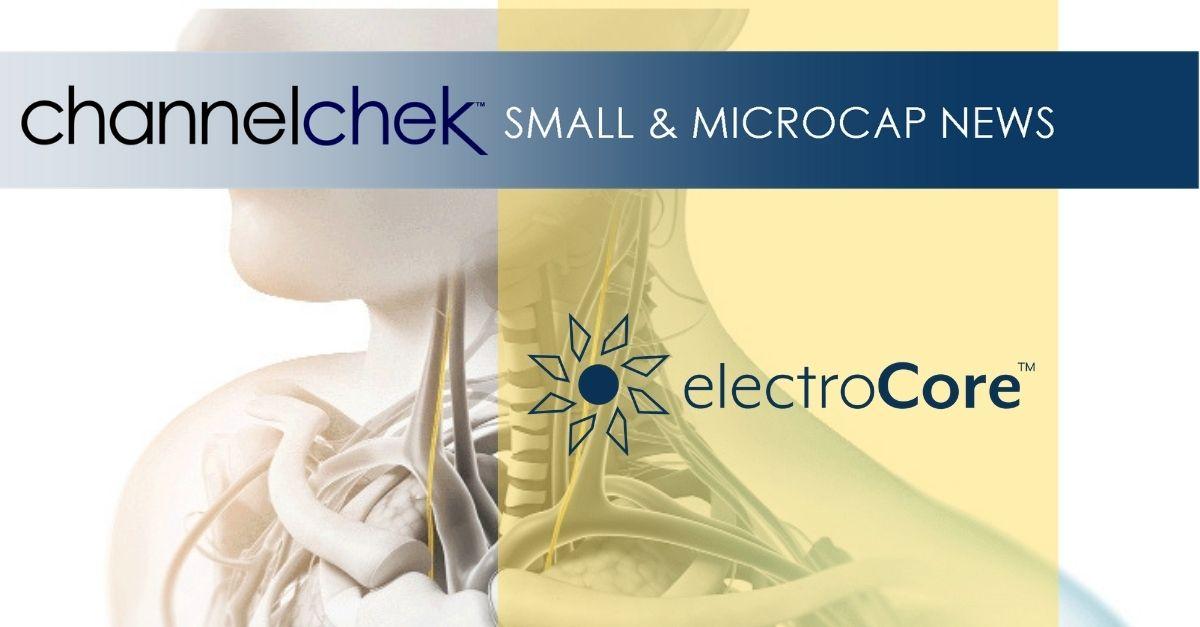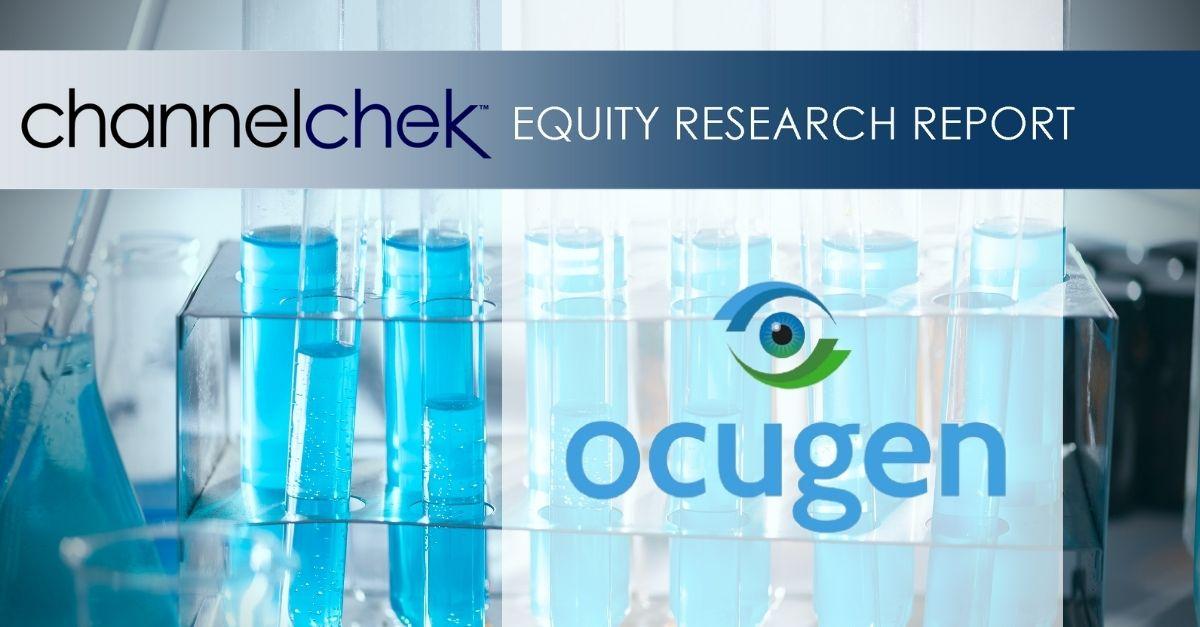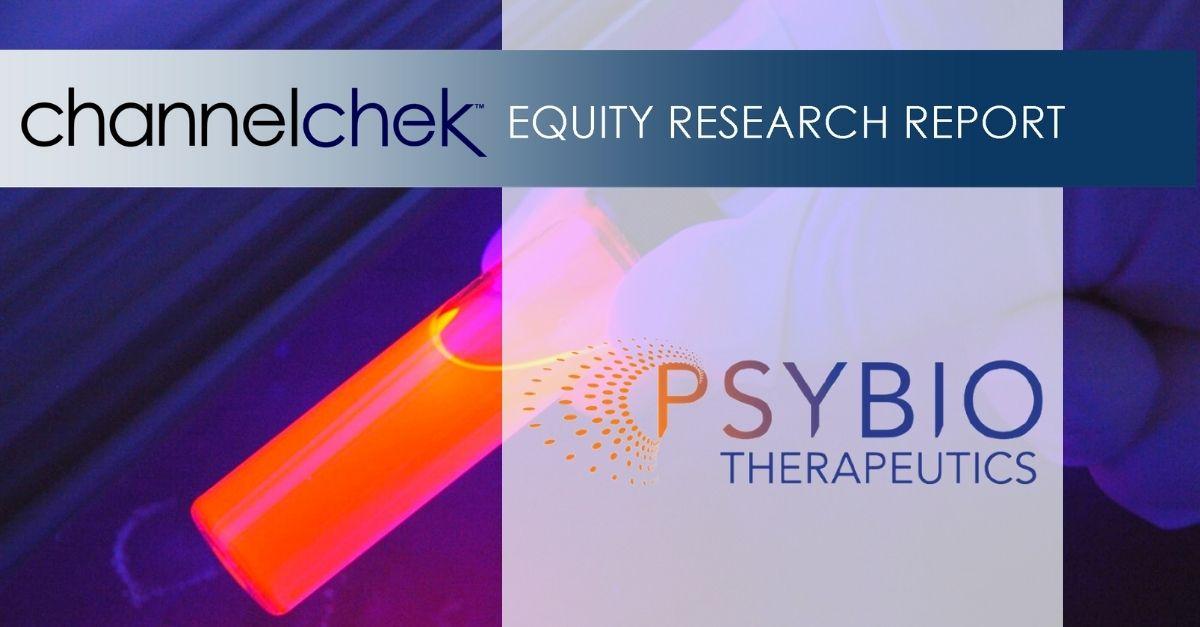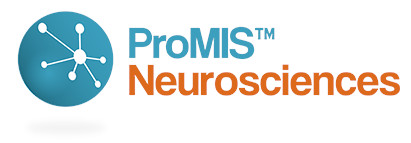
ProMIS Neurosciences Announces Second Quarter 2021 Results
TORONTO, Ontario and CAMBRIDGE, Massachusetts – August 12, 2021 – ProMIS Neurosciences, Inc. (TSX: PMN) (OTCQB: ARFXF) (“ProMIS or the Company”), a biotechnology company focused on the discovery and development of antibody therapeutics targeting toxic oligomers implicated in the development of neurodegenerative diseases, today announced its operational and financial results for the three and six months ended June 30, 2021.
ProMIS Neurosciences is applying its patented technology platform to build a portfolio of antibody therapies, therapeutic vaccines, and diagnostics in neurodegenerative diseases, including Alzheimer’s disease (AD) and other dementias, Parkinson’s Disease (PD), and amyotrophic lateral sclerosis (ALS).
These diseases share a common biologic cause – misfolded versions of proteins, that otherwise perform a normal function, kill neurons and produce disease.
ProMIS’ technology platform is an example of the advances in drug discovery enabled by computational power, in silico discovery, and/or artificial intelligence. This platform provides an advantage in either selectively targeting the toxic misfolded proteins with therapeutics or detecting them with diagnostics. This capability has given ProMIS a growing portfolio of potential “best in class” monoclonal antibodies (or corresponding therapeutic vaccines), including our lead program PMN310, targeting toxic oligomers of amyloid in AD.
Corporate Highlights
- On May 21, 2021, we re-initiated the path to Investigational New Drug application for PMN310 in AD with the start of producer cell line development. This key first step in the manufacturing of antibody therapeutics is being carried out by Selexis, SA, using Selexis’ proprietary SUREtechnology Platform™.
- On June 3, 2021, the Company announced that it had filed a preliminary Prospectus with the securities regulators in each of the provinces and territories of Canada, except Quebec. The Prospectus will allow the Company to make offerings of common shares, warrants, units, debt securities, subscription receipts, convertible securities or any combination thereof for up to an aggregate total of US$50 million during the 25-month period that the Prospectus is effective.
- On July 8, 2021, the Company announced that it had filed, and obtained a receipt for the Prospectus with the securities regulators in each of the provinces and territories of Canada, except Quebec.
- On July 2, 2021, the Company announced the voting results of the Company’s annual meeting of shareholders held on June 30, 2021, in Vancouver, British Columbia, Canada. All resolutions described in the Management Proxy Circular and placed before the meeting were approved by the shareholders.
People
- On May 12, 2021, Dr. Rudolph Tanzi, Ph.D., was appointed as the Chair of the Company’s Scientific Advisory Board. Dr. Tanzi is the Joseph P. and Rose F. Kennedy Professor of Neurology at Harvard University and Vice-Chair of Neurology, Director of the Genetics and Aging Research Unit, and Co-Director of the Henry and Allison McCance Center for Brain Health at Massachusetts General Hospital.
- On May 13, 2021, we appointed Neil K. Warma, to the Company’s Board of Directors. Neil Warma has been a healthcare entrepreneur for over 25 years having managed and advised numerous biotechnology and pharmaceutical companies.
- On May 25, 2021, the Company appointed Owen Dempsey to lead the commercialization program for its COVID-19 serology assay.
- On May 27, 2021, Dr. David Wishart, Distinguished University Professor in the Departments of Biological Sciences and Computing Science at the University of Alberta, was appointed as Chief Physics Officer at ProMIS.
Financial Results
Results of Operations – Three months ended June 30, 2021 and 2020
Net Loss for the three months ended June 30, 2021 were $297,346 compared to $1,650,218 for the three months ended June 30, 2020. Included in the net loss amount for the three months ended June 30, 2021, was non-cash expenses/(income) of ($1,049,745) representing the change in the fair value of the embedded derivative of ($1,245,388), share-based compensation of $180,392, amortization of property and equipment and an intangible asset of $12,252 compared to $76,310 for the three months ended June 30, 2020, consisting of share-based compensation of $74,642 and amortization of an intangible asset of $1,668.
Operating loss for the three months ended June 30, 2021 was $1,378,603, as compared to $1,650,218 in the three months ended June 30, 2020. The decrease in the operating loss for the three months ended June 30, 2021, reflects decreased contracted salaries and associated costs of $350,622 due to reduction in compensation to management and attrition of contract staff, decreased investor relations of $203,971 due to scale down of investor relations activities and consultants and foreign exchange gains of $233,874 due to the foreign exchange on US denominated assets and liabilities offset by increased costs associated with external contract research organizations for internal programs of $172,518 as the company restarts the internal programs, share-based compensation of $105,749 due to the grant of share options, increased patent expense of $40,162 due to increased maintenance fees, increased legal expense of $45,752, increased consulting expense of $137,522, increase in amortization of property and equipment and intangible asset of $13,584 and decreased revenue of $1,565.
Research and development expenses for the three months ended June 30, 2021 were $1,065,197, as compared to $898,887 in the three months ended June 30, 2020. The increase in research and development expense for the three months ended June 30, 2021, compared to the same period ended June 30, 2020, is primarily attributed to increased costs associated with external contract research organizations for internal programs of $172,518 as the company restarts the internal programs, increased share-based compensation of $28,579 due to the grant of share options, increased patent expense of $40,162 due to increased maintenance fees ,increased outside consultants of $137,706 and increase in amortization of property and equipment and intangible asset of $13,584 offset by decreased contracted research salaries and associated costs of $226,238 due to reduction in compensation to management and attrition of contract staff.
General and administrative expenses for the three months ended June 30, 2021 were $313,406, as compared to $752,896 in the three months ended June 30, 2020. The decrease for the three months ended June 30, 2021, compared to the same period in 2020, is primarily attributable to a reduction in contracted corporate salaries and associated costs of $124,383 due to reduction in compensation to management and attrition of contracted staff, decreased investor relations of $203,971 due to scale down of investor relations activities and consultants and foreign exchange gains of $233,874 due to the foreign exchange on US denominated assets and liabilities offset by share-based compensation of $77,171 due to the grant of share options, and increased legal expense of $45,752.
Results of Operations – Six months ended June 30, 2021 and 2020
Net loss for the six months ended June 30, 2021 were $7,896,763 compared to $3,412,137 for the six months ended June 30, 2020. Included in the net loss amount for the six months ended June 30, 2021, was non-cash expense $5,909,542, representing the change in the fair value of the embedded derivative of $5,766,915, share-based compensation of $112,123, amortization of property and equipment and an intangible asset of $30,504 for the six months ended June 30, 2021, compared to $290,048 for the six months ended June 30, 2020, consisting of share-based compensation of $286,712 and amortization of an intangible asset of $3,336.
Operating loss for the six months ended June 30, 2021 was $1,960,934, as compared to $3,412,137 in the six months ended June 30, 2020. The decrease in the operating loss for the six months ended June 30, 2021, reflects decreased contract salaries and associated costs of $924,565 due to reduction in compensation to management and attrition of contracted staff, decreased investor relations of $380,959 due to scale down of investor relation activities and consultants, decreased share-based compensation of $174,589 due to forfeiture of unvested/vested share options due to termination of consulting arrangement and foreign exchange gains of $293,012 due to the foreign exchange on US denominated offset by increased costs associated with external contract research organizations for internal programs of $88,673 as the company restarts the internal programs, increased patent expense of $3,617 due to increased maintenance fees, increased legal expense of $99,572, increased consulting expense of $101,315, increase in amortization of property and equipment and intangible asset of $27,168 and decreased revenue of $1,578.
Research and development expenses for the six months ended June 30, 2021 were $1,259,120, as compared to $1,872,473 in the six months ended June 30, 2020. The decrease in research and development expense for the six months ended June 30, 2021, compared to the same period ended June 30, 2020, reflects the conservation of cash resources and decreased contract salaries and associated costs of $673,785 due to reduction in compensation to management and attrition of contracted staff and decreased share-based compensation of $145,459 due to forfeiture of unvested/vested share options due to termination of consulting arrangement offset by increased costs associated with external contract research organizations for internal programs of $88,673 as the company restarts the internal programs, increased patent expense of $3,617 due to increased maintenance fees, increased consulting expense of $86,435 and increase in amortization of property and equipment and intangible asset of $27,168.
General and administrative expenses for the six months ended June 30, 2021 were $701,814, as compared to $1,541,242 in the six months ended June 30, 2020. The decrease for the six months ended June 30, 2021, compared to the same period in 2020, is primarily attributable to a reduction in contract salaries and associated costs of $250,780 due to reduction in compensation to management and attrition of contracted staff, decreased investor relations of $380,959 due to scale down of investor relation activities and consultants, decreased share-based compensation of $29,129 due to forfeiture of unvested/vested share options due to termination of consulting arrangement and foreign exchange gains of $293,012 due to the foreign exchange on US-denominated offset by the increased legal expense of $99,572 and increased consulting expense of $14,880.
Outlook
Going forward ProMIS will focus on accelerating or re-initiating programs in our core business area, best-in-class therapeutics for neurodegenerative diseases. In addition, we will continue to expand the application of our unique discovery platform, with which we can “rationally design” antibodies or vaccines to be selective for only mis-folded, pathogenic proteins involved in disease.
In Alzheimer’s we will restart IND enabling work for PMN310, our antibody highly selective for toxic oligomers of amyloid. That selectivity may prove to give PMN310 significant competitive advantages in safety and efficacy over products from Biogen, Lilly, and Eisai that appear to provide benefit slowing the progression of Alzheimer’s disease. In addition, starting with the same proprietary technology that creates selective antibodies (“passive” immunotherapy), we are moving forward our program to create therapeutic vaccines (“active” immunotherapy) targeting toxic oligomers of amyloid. Therapeutic vaccines may be a preferred therapy for Alzheimer’s prevention; the ultimate goal in Alzheimer’s treatment is to detect disease in the ~20 year window before symptoms arise and treat to prevent symptoms of cognitive decline.
In ALS we will advance our program targeting toxic TDP-43 with further in vitro and in vivo validation, and we will build on the significant scientific advances we have made targeting RACK1 (Receptor for A Activated C Kinase 1). We will also further advance our alpha-synuclein program with further in vivo and in vitro validation, targeting diseases like Parkinson’s disease and Multiple System Atrophy.
About ProMIS Neurosciences, Inc.
ProMIS Neurosciences, Inc. is a development stage biotechnology company focused on discovering and developing antibody therapeutics selectively targeting toxic oligomers implicated in the development and progression of neurodegenerative diseases, in particular Alzheimer’s disease (AD), amyotrophic lateral sclerosis (ALS) and Parkinson’s disease (PD). The Company’s proprietary target discovery engine is based on the use of two complementary techniques. The Company applies its thermodynamic, computational discovery platform -ProMIS and Collective Coordinates – to predict novel targets known as Disease Specific Epitopes on the molecular surface of misfolded proteins. Using this unique approach, the Company is developing novel antibody therapeutics for AD, ALS and PD. ProMIS is headquartered in Toronto, Ontario, with offices in Cambridge, Massachusetts. ProMIS is listed on the Toronto Stock Exchange under the symbol PMN, and on the OTCQB Venture Market under the symbol ARFXF.
Visit us at www.promisneurosciences.com, follow us on Twitter and LinkedIn
For Investor Relations please contact:
Alpine Equity Advisors
Nicholas Rigopulos, President
nick@alpineequityadv.com
Tel. 617 901-0785
The TSX has not reviewed and does not accept responsibility for the adequacy or accuracy of this release. This information release contains certain forward-looking information. Such information involves known and unknown risks, uncertainties and other factors that may cause actual results, performance or achievements to be materially different from those implied by statements herein, and therefore these statements should not be read as guarantees of future performance or results. All forward-looking statements are based on the Company’s current beliefs as well as assumptions made by and information currently available to it as well as other factors. Readers are cautioned not to place undue reliance on these forward-looking statements, which speak only as of the date of this press release. Due to risks and uncertainties, including the risks and uncertainties identified by the Company in its public securities filings, actual events may differ materially from current expectations. The Company disclaims any intention or obligation to update or revise any forward-looking statements, whether as a result of new information, future events or otherwise.
